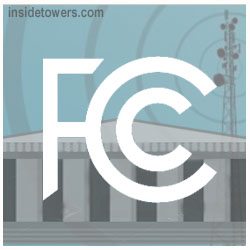
The FCC’s Public Safety & Homeland Security Bureau’s report, following the false missile alert in Hawaii in January, indicated some wireless subscribers didn’t receive the false alert, nor the subsequent correction. Recent news reports indicate subscribers also did not receive timely WEA tests or alerts in the D.C. metropolitan region, Vail, CO and Ellicott City, MD concerning flooding, according to the Commission.
Wireless carriers tell the agency there are several possible reasons members of the public who have not opted out of WEA may not receive a message. Those include: whether a mobile device can receive WEA, whether the mobile device is within the radio coverage of a cell site transmitting a WEA message and whether it’s impacted by adverse RF conditions such as interference, building or natural obstructions. They also include: whether a handset is being served by a 3G cell site during a voice call or data session (in which case a WEA message would not be received until the voice or data session is ended); and whether the device remains connected to the carrier’s network.
The agency wants to know if there are other reasons preventing WEA delivery. It asks whether WEA messages are broadcast from all cell sites inside the alert’s geo-targeted area. What about an instance where the consumer inside the geo-targeted area may be served by a tower outside the geo-targeted area, the FCC wants to know.
Will the way a WEA message is delivered to a mobile device within a geo-targeted area change after the new geolocation rules go into effect in November 2019? If so, how, the agency asks. Could network congestion prevent some cell sites within the geo-target area from transmitting an alert? The Commission invites commenters to address what, if any, role that handsets and handset manufacturers play in ensuring WEA capable devices can receive WEA alerts and on how stakeholders could report WEA performance.
The agency is also asking for comments on whether state Emergency Alert System (EAS) plans should be required to include procedures to help prevent false alerts, or to swiftly mitigate their consequences should one occur. Comments to Docket 15-91 (for WEA) and to docket 15-94 (for EAS) are due by September 10.
August 13, 2018




Reader Interactions